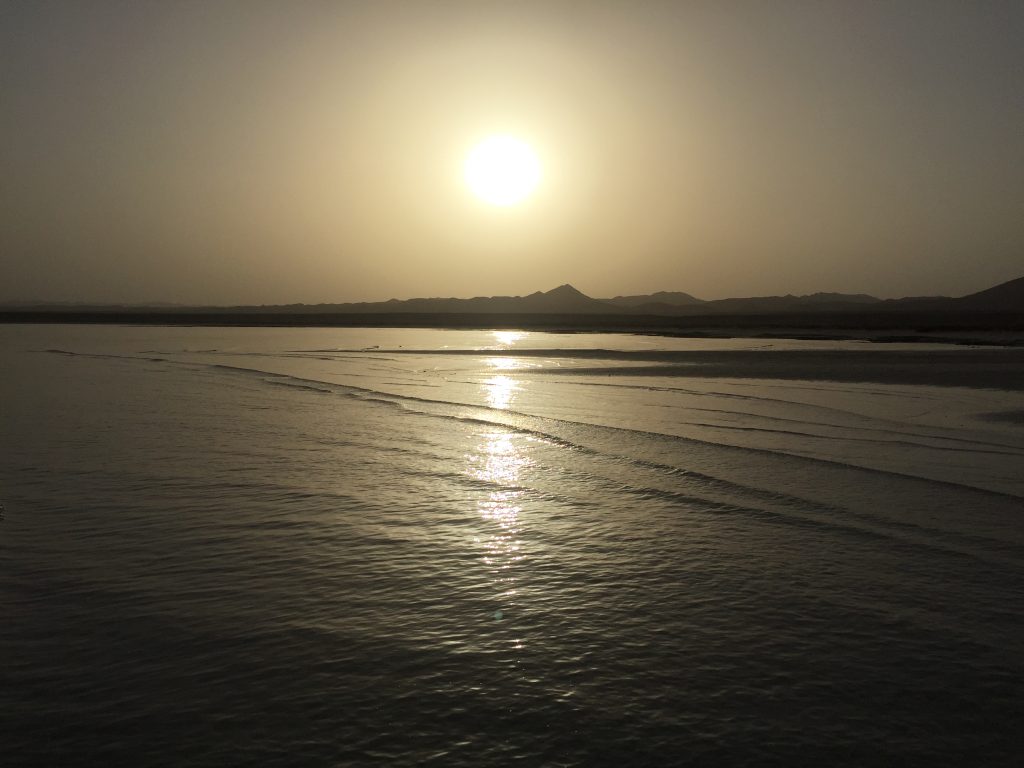In Egypt over a century ago, amid the then mostly rural Cairo suburb of Maadi, the world’s first solar power plant was built in 1913. In a world of coal and hard manual labour, the sun miraculously powered an engine and effortlessly pumped the Nile’s water to thirsty crops and parched soil. Impressed and stunned onlookers were invited to the grand unveiling. It was a glimpse of a utopian future of endless, free and clean energy, quickly soon forgotten, but now deserving of our attention as time runs out in the face of catastrophic global warming.
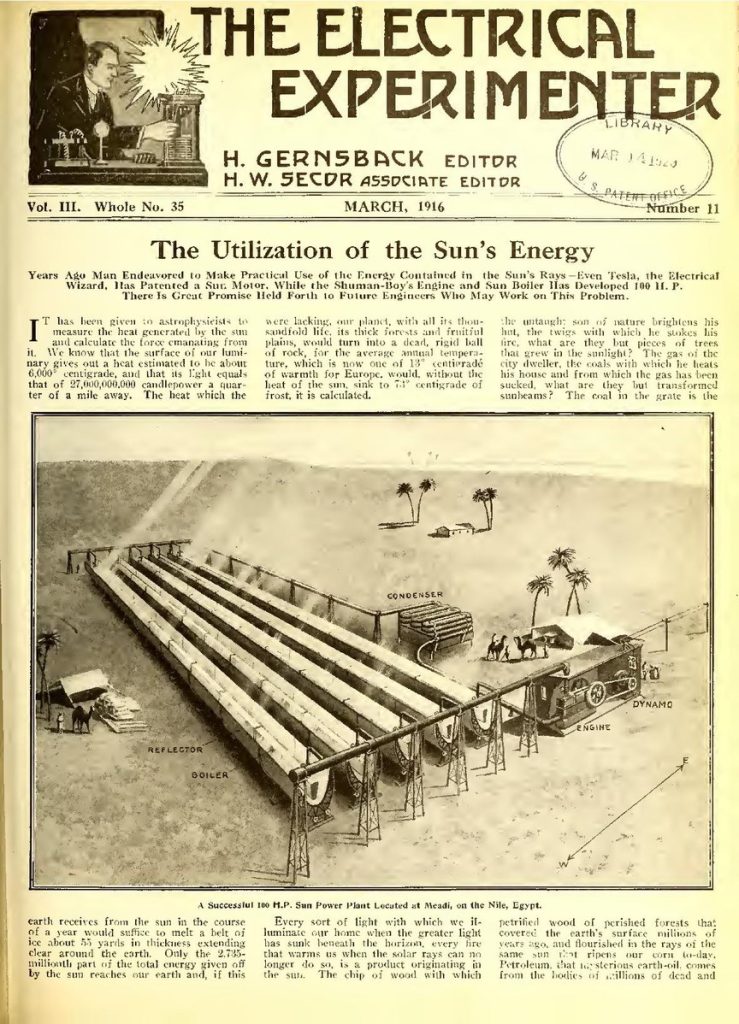
An American inventor, and by all means eccentric for his time, by the name of Frank Shuman along with his Sun Shine Power Company chose Egypt for its famed all-year-long sun to test out this potentially world-changing invention. Several large 62 meter long concave mirrors stretched along an adjustable metal structure to follow the sun from morning to evening, focussed the baking sun into long glass tubes filled with water. The unforgiving sun boiled the water, whose steam aggressively powered an approximately 60–70 horsepower engine with around 88 kilowatts of power. This impressive amount of power, roughly equivalent to the soviet-era Lada Riva car still seen on Egyptian streets today, pumped out 60,000 gallons of water per hour from the Nile and distributed it to the surrounding water-hungry cotton fields. The solar power plant ran continuously for two years, even in the winter months, and was a clear sign that harnessing the power of the sun to power our energy needs could work not just in theory, but also in practice.
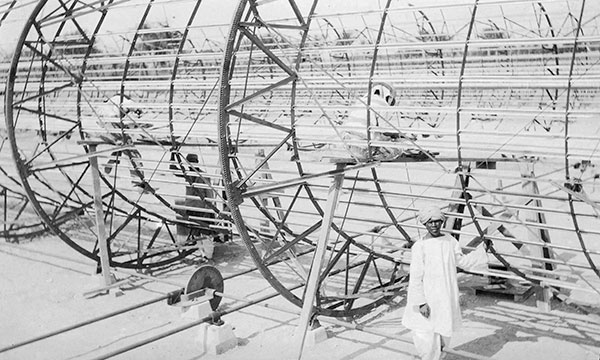
In the New York Times on July 2nd, 1916, Shuman proudly proclaimed ‘We have proved the commercial profit of sun power in the tropics and have more particularly proved that after our stores of oil and coal are exhausted, the human race can receive unlimited power from the rays of the sun‘. He even had the colossal, if not outlandish, plan of building an enormous solar power plant in the middle of the Sahara Desert able to singularly meet the world’s power needs.
However, the utopian potential of Frank Shuman’s solar experiment should not distract away from its relationship to the British Empire, according to historian Annalise J.K. DeVries, who spoke with Scoop Empire. Annalise J.K. DeVries, who is the author of the recently published Maadi: The Making And Unmaking Of A Cairo Suburb, 1878–1962 and is currently writing a book on Maadi’s experiment with solar power, emphasised that in addition to Egypt’s boundless sun, it also provided Shuman the opportunity to ‘market his sun engine to the British Empire‘, which had both the money for investment and sunny colonial territories to implement his extensive vision.
How we should remember Frank Shuman’s ground-breaking solar power experiment in Maadi is complicated. On this point, DeVries told us that, ‘While Maadi can be celebrated as an early site of solar energy innovation, part of the reason for that legacy was Maadi’s proximity to British imperial authorities‘. DeVries further elaborated to us that, ‘Shuman’s vision for solar power relied on maintaining the British Empire’s authority in Egypt and throughout the Middle East and South Asia, so he did not necessarily envision solar power as something that would empower Egyptians‘.
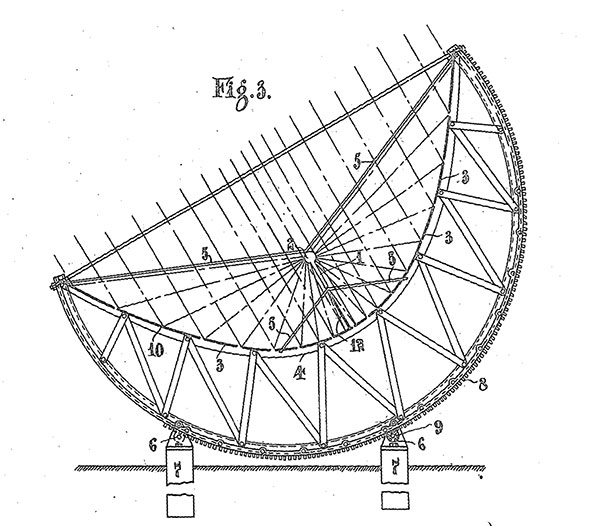
Fascinated by the story, I headed out to track down the site of where this world-changing experiment had taken place on Maadi’s Street 101, amusing myself with fantasies of finding the solar mirrors still standing somehow in the midst of the now busy area of Maadi facing the corniche. Expectedly, all I found was a carpark and a confused attendant bewildered by my questions as to whether this was the place that had hosted the first solar power plant over a century ago. Apart from a few mentions on the internet and an art piece by the Swiss duo Christina Hemauer and Roman Keller on Maadi’s contribution to a future sustainable world that can avoid the worst effects of climate change, little currently records this important, but complicated, moment of history; however, Annalise J.K. DeVries’s upcoming book seems set to put Egypt on the map in the history of renewable energy.
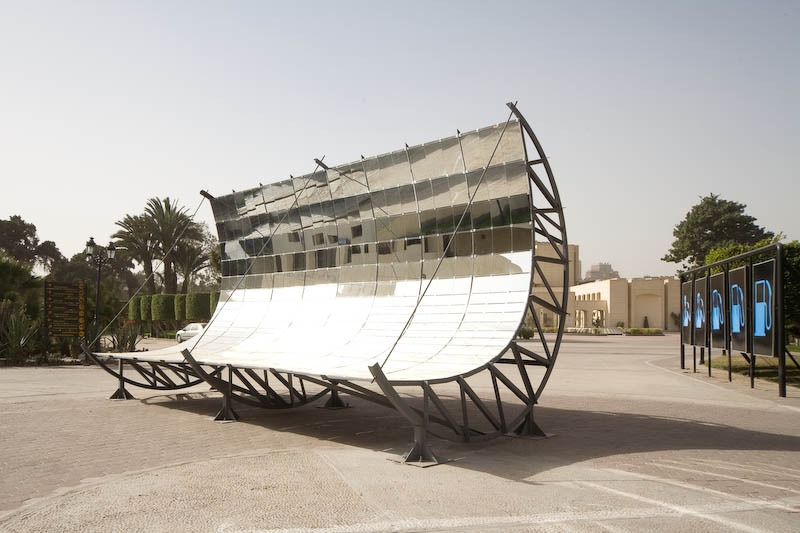
Shuman had grasped at the future all the way back in 1913, but with the tragedy of World War One putting further research to a halt and the the introduction of oil as the driver of the world economy, ‘Shuman, his sun engine, and their connection to Maadi have largely been forgotten‘, according to DeVries. However, as the dangerous implications of climate change and our contribution towards it became clear, the world has again taken a look at the potential of solar power to power our energry-hungry world. And so too has the world increasingly looked towards Africa and the Middle East, as did Shuman over a hundred years ago, to harness its unparalleled sun and vast swathes of desert.
As part of Egypt Vision 2030 and the country’s desire to position itself as a leader in renewable energy, Egypt has recently jumped into action and is building on what Frank Schumen started all the way back in 1913, but this time in the interests of Egyptians. After a much-criticised slow to start to renewables, Egypt now plans to produce at least 20% of its energy through renewable sources like solar and wind by 2022, and has made significant strides towards this, notably with the Benban Solar Park.
In the Western Desert, roughly 40 kilometres from Aswan is the colossal Benban Solar Park, measuring 37 square kilometres and powering over 1000,000 homes with a staggering total capacity of 1.5 gigawatts. The project in Benban is reducing carbon dioxide emissions by at least 1.9 million tons a year and makes up 3% of Egypt’s total energy production. Benban is the fourth largest solar power plant in the world and the largest in Africa, and has been presented as a model to follow not just in Egypt, but across the region.
With total foreign direct investment in renewable energy projects in Egypt amounting to 3.5 billion US dollars in 2021, roughly double the year previous, the turn towards solar and wind power in Egypt looks promising. The Egyptian solar power company KarmSolar told us that the ‘solar industry in Egypt is currently very much a competitive, growing market, with limitless ideas and innovations constantly emerging’. KarmSolar also highlighted that the Egyptian renewables industry is receiving an additional push and attention due the United Nation’s 2022 Climate Change Conference, known commonly as COP27, set to happen in Egypt’s Sharm el-Shiekh this coming November, and are hopeful that solar will constitute ‘one of the main components of the energy mix that will allow Egypt to fulfil its strategy of becoming the energy hub for the region’.
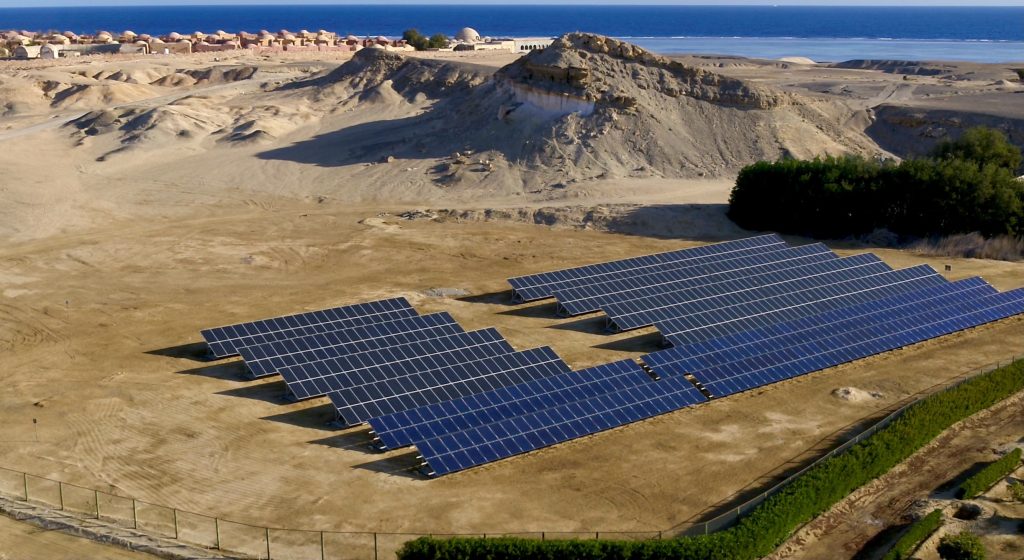
The world still has a long way to go and are way behind on meeting targets to limit the worst effects of climate change. Looking back at Frank Shuman’s ground-breaking solar power experiment in Cairo’s Maadi in 1913, we get an glimpse into the utopian enthusiasm surrounding the early days of solar power, but also too, a reminder that we should reimagine Shuman’s selective vision to instead benefit the peoples of all nations.
WE SAID THIS… COP27: Sharm El Sheikh Selected As 2022’S Rallying Point For Battling Climate Change


